Blogus interruptus
 Read any authority’s advice about blogs and you’ll see at the top of the list: “Blog regularly.” Even for someone who enjoys writing as much as I do, I don’t believe in writing for writing’s sake — I like to share original experiences and ideas, not just rehash stale news. Still, I’ve experienced quite a few blog-worthy adventures in the four months since my last post shortly after the Bering Sea Expedition, but haven’t written a single word. Read more
Read any authority’s advice about blogs and you’ll see at the top of the list: “Blog regularly.” Even for someone who enjoys writing as much as I do, I don’t believe in writing for writing’s sake — I like to share original experiences and ideas, not just rehash stale news. Still, I’ve experienced quite a few blog-worthy adventures in the four months since my last post shortly after the Bering Sea Expedition, but haven’t written a single word. Read more

 I awakened at 4am in my bunk to something strange. The ship was still. After enduring two days of pounding seas and gale-force winds, we had at last arrived at the island of Unalaska and were nearing the port of Dutch Harbor. A few hours later, juggling my cameras, I tried in vain to capturethe profound tranquility of that early Alaskan morning as dawn’s gentle glow painted small swaths of green across the surrounding mountains atop a canvas of deep blues and grays.An incredible journey was nearing its end, and I was reluctant to let go. So was the wildlife. In a moment, the morning silence was replaced by shrieks from the deck below. They were shrieks of joy as once again we were surrounded by whales as a pod of humpbacks divided itself evenly and passed closely along both sides of us, filling the morning air with their spouts and flukes.
I awakened at 4am in my bunk to something strange. The ship was still. After enduring two days of pounding seas and gale-force winds, we had at last arrived at the island of Unalaska and were nearing the port of Dutch Harbor. A few hours later, juggling my cameras, I tried in vain to capturethe profound tranquility of that early Alaskan morning as dawn’s gentle glow painted small swaths of green across the surrounding mountains atop a canvas of deep blues and grays.An incredible journey was nearing its end, and I was reluctant to let go. So was the wildlife. In a moment, the morning silence was replaced by shrieks from the deck below. They were shrieks of joy as once again we were surrounded by whales as a pod of humpbacks divided itself evenly and passed closely along both sides of us, filling the morning air with their spouts and flukes. 
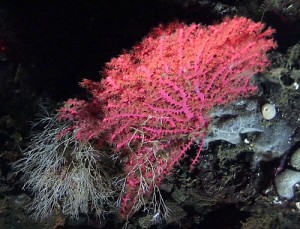
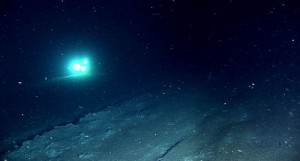
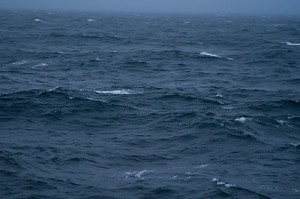
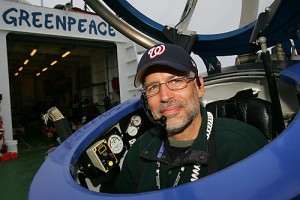
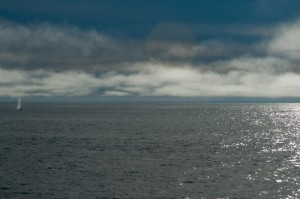
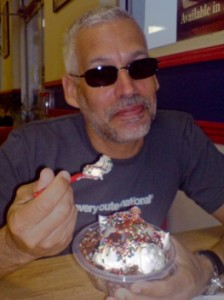
 During our long road trip to the university where my daughter would soon begin her first year, I was recounting that same period of my life and the fact that my parents had really wanted me to be a doctor….an M.D., that is. I hated to disappoint them, but I tried to explain that I wanted to pursue my true passion, marine biology.They were troubled that I’d never be able to make a “real” career out of this passing fancy, but 30 years later, I suppose I have. My daughter chimed in, “But you are a doctor. You’re an ocean doctor!” Funny, but I had never thought of it that way. Yet I have spent much of my career studying and diagnosing what ails the oceans and advocating policies to heal them. So I looked at her and said, “I like that. I think I might use that some day.” So, here it is — please accept my warmest welcome to OceanDoctor’s blog, dedicated to the wonder of the oceans, being true to your dreams, and, of course, my daughter.
During our long road trip to the university where my daughter would soon begin her first year, I was recounting that same period of my life and the fact that my parents had really wanted me to be a doctor….an M.D., that is. I hated to disappoint them, but I tried to explain that I wanted to pursue my true passion, marine biology.They were troubled that I’d never be able to make a “real” career out of this passing fancy, but 30 years later, I suppose I have. My daughter chimed in, “But you are a doctor. You’re an ocean doctor!” Funny, but I had never thought of it that way. Yet I have spent much of my career studying and diagnosing what ails the oceans and advocating policies to heal them. So I looked at her and said, “I like that. I think I might use that some day.” So, here it is — please accept my warmest welcome to OceanDoctor’s blog, dedicated to the wonder of the oceans, being true to your dreams, and, of course, my daughter.